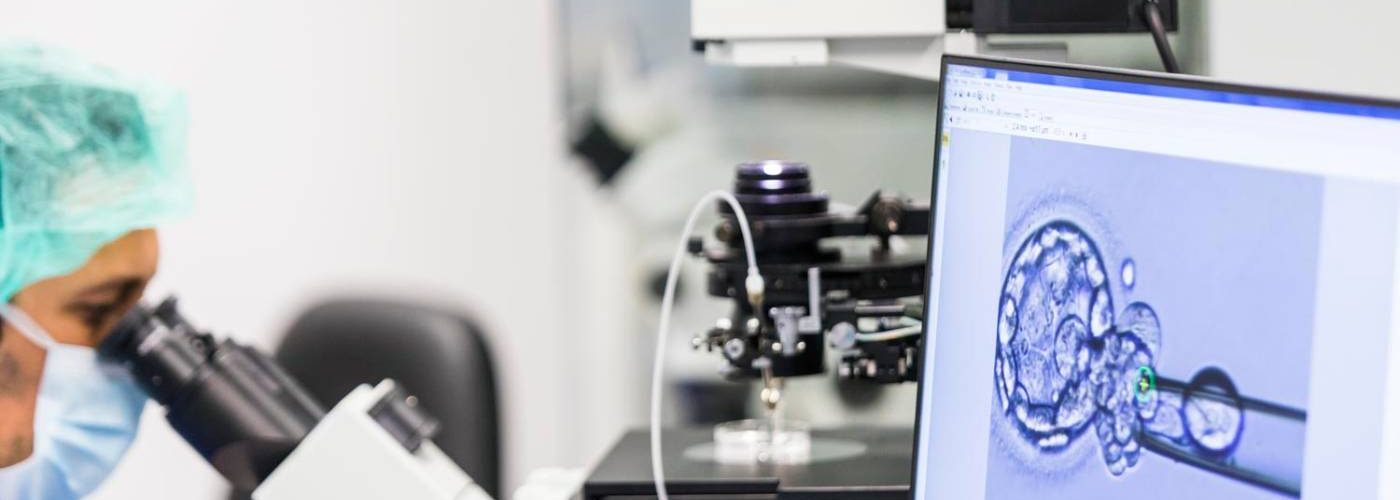
Artificial Intelligence continues to break new ground. In recent years, this scientific discipline has improved various aspects of our lives. In medicine, specifically in Assisted Reproduction, it has led to significant advances that directly impact the outcomes for patients who trust IVI to fulfill their desire to become parents. Success rates have notably improved with the application of new non-invasive approaches offered by Artificial Intelligence.
In a further advancement, IVI presented the latest achievements in automating embryo selection using Artificial Intelligence at the 40th Annual Meeting of the European Society of Human Reproduction and Embryology (ESHRE) held this year in Amsterdam.
Embryo Expansion: Key to Predicting Viability
“We studied 800 vitrified blastocysts in a time-lapse incubator during the period between thawing and transfer, analyzing the videos and images obtained during their first 4 hours of development. This allowed us to observe that approximately 60% of the embryos expand after thawing. Of these, those that expand within the first few minutes post-thawing tend to be associated with better outcomes after transfer”, explains Dr. Marcos Meseguer, scientific supervisor at IVI and author of the study titled “Predicting fetal heartbeat in vitrified blastocysts through artificial intelligence analysis of post-warming images and videos”.
This research analyzes embryo expansion after thawing as a predictive factor for their viability to result in a full-term pregnancy. Additionally, it examines how some embryos expand later, just before transfer to the uterus, either mildly or strongly.
“When the embryo expands late and mildly, we have seen that pregnancy chances decrease by 5%. But if the expansion is strong, the chances of leading to a pregnancy decrease by more than 15%. In summary, embryo expansion negatively impacts the implantation process by compromising the embryo’s viability”, adds Dr. Meseguer.
Leading the field of Artificial Intelligence
Embryo selection is a critical point in assisted reproduction treatments, as it significantly determines the course of the process. The choice of which embryo to transfer directly influences the implantation outcome and subsequent progression to a successful pregnancy.
This pioneering research represents a significant advance in embryo study with the help of time-lapse systems. It also provides valuable and novel information for identifying specific parameters that enable the creation of an accurate program for selecting thawed embryos.
“In recent years, vitrification has been established as the ‘gold-standard’ technique for embryo cryopreservation in any assisted reproduction center, driving the need to develop more precise and optimal selection criteria for transferring vitrified blastocysts. Thus, the results of this study suggest that combining morphokinetic and proteomic variables with conventional morphological evaluation can significantly improve the prediction of outcomes for thawed embryo transfers”, concludes Dr. Meseguer.
Predicting embryo implantation potential
This is not the first research line IVI has pursued using Artificial Intelligence. At the last IVI Congress held in 2023, a study was presented on embryo revival after thawing. An AI algorithm allows studying embryo behavior from thawing to transfer.
This approach could predict the implantation potential of thawed blastocysts. Generally, the use of predictive models in vitrified cycles could prevent the transfer of embryos with low success rates.
IVI at the 40th ESHRE Congress
The annual European Society of Human Reproduction and Embryology (ESHRE) Congress is a key event in the sector, where IVI consistently has a significant presence due to the high number of studies presented. This year, we reaffirm our commitment to research, being the organization contributing the most studies.
We are also leaders in research, which allows us to apply our findings to our patients’ treatments. Ultimately, we strive to bring the dream of having a child closer, in the shortest time possible and with the highest level of safety.





Comments are closed here.